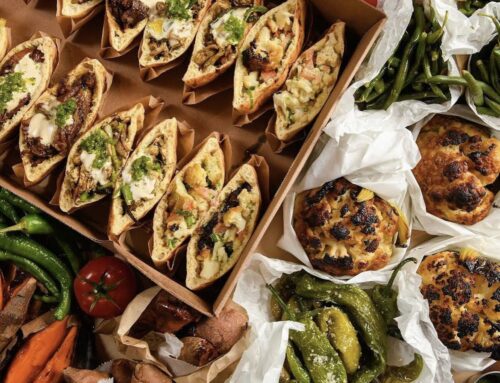Dessert wine is frequently everything that drives me crazy about the wine business, since it’s sweet, rich, luscious and often pricey. But dessert wine almost always gets the benefit of my doubt, because it’s that much fun to drink. Pour a glass after a dinner, sniff it, swirl it around in the glass, and sip it. It caps off the evening without recourse to over-chocolated desserts, the current chef-fusion-fruit concoction or whatever form of cheesecake is making the rounds.
Dessert wines come in a variety of flavors and styles (and this doesn’t include port and sherry, which are another subject entirely). Some are made with fruit other than grapes; some are sparkling; and some use grapes that have frozen or are left to rot on the vines, a process called botrytis. What each has in common, regardless of style, is sweetness — not sugary soft drink sweet, but a fuller, more approachable sweetness. It’s a flavor, and not the wine’s reason for being.
Don’t be discouraged by these prices, which are high. A dessert wine serving is half or less than that of a dinner wine, and one or two glasses is more than sufficient. Serve slightly chilled:
• Jackson-Triggs Proprietors’ Reserve Vidal Icewine 2005 ($20 for a 187-ml bottle). Icewine is made by letting the grapes freeze on the vine, which concentrates the sugar. This is a Canadian wine, and Canada produces some of the world’s best. The vidal is more sweet than fruity, though there are some tropical flavors underneath the sweetness.
• Hardys Sémillon Botrytis 2003 ($15 for a 375-ml bottle). This Australian is a good introduction to dessert wine, made in the style of French sauternes for a quarter of the price. It’s not as elegant, but it does have some of the traditional apricot and caramel flavors.
• Le Vol des Anges 2006 ($30 for a 187-ml bottle). The legendary Randall Grahm says this may be the best wine he has ever made. It isn’t, but that’s no reason not to try it. It’s made in the style of a sauterne, but with roussanne grapes. It’s not as rich as the icewine, and it has a very intriguing herb-like flavor in the middle of the sweetness.
Louisiana-style pralines
Candy making is not for the faint of heart. It depends on the weather (dry being preferable to humid). Unless you’re a practiced hand, a candy thermometer is a very good idea. Plus, it has its own terminology — soft ball stage, anyone? This recipe, though, is straightforward, and if it’s time consuming, the results are impressive.
Makes one to two dozen; takes one to two hours
1 1/2 cups light brown sugar
1 1/2 cups white sugar
1/8 tsp salt
2 Tbsp butter
2 1/2 cups pecan halves
1/4 tsp cream of tartar
1 cup milk
1 tsp vanilla
1. Combine sugars, cream of tartar, salt and milk in a heavy saucepan. Stir over low heat until sugar dissolves, and heat to 236 to 238 degrees (the soft ball stage, in which a tiny bit of the caramel forms a soft ball in water). This can take 30 minutes or longer.
2. Cool to 220 degrees. Add butter, vanilla and pecans, and stir until mixture thickens. This can take 15 minutes or longer. It’s easy to tell when it thickens, and it happens quickly once it starts to thicken.
3. Drop by spoonfuls onto waxed paper and let harden, about 15 or 20 minutes.
Ask the wine guy
Q. I have seen expensive wine refrigerators. Do I need one to store wine?
A. Only for wines you’re going to keep a long time. Most of us buy wine the day we drink it, according to a variety of studies. Which means there is no need for a fancy place to store it. Just make sure you keep the wine away from heat and sunlight. The worst place to store wine is the kitchen, which is the warmest room in the house.





